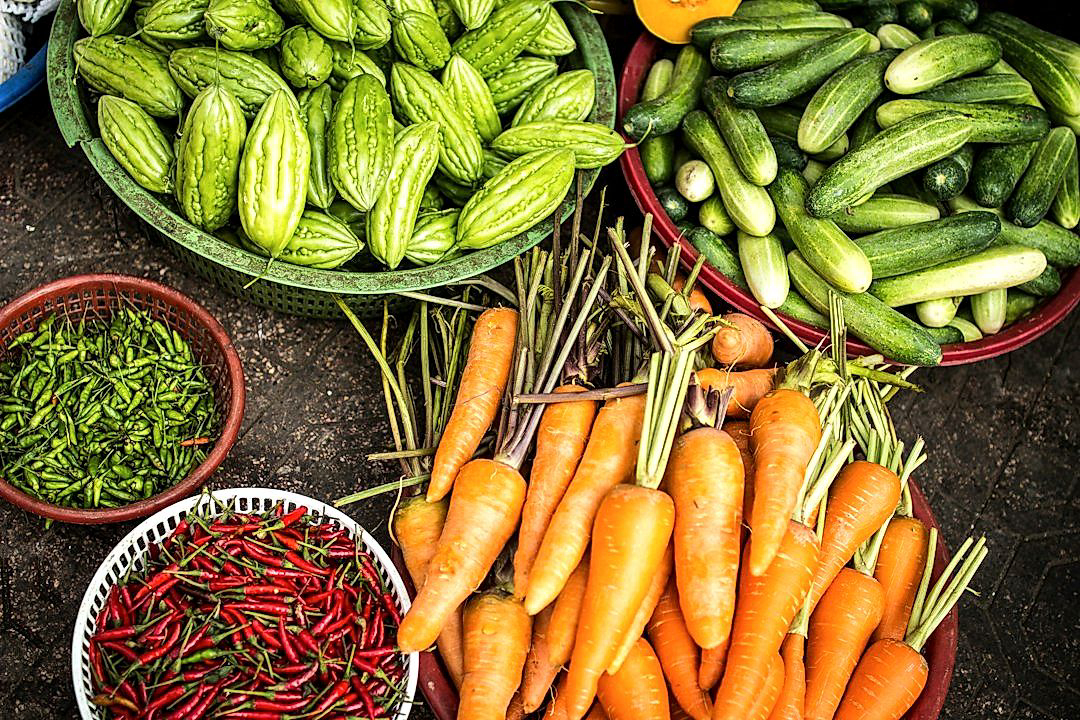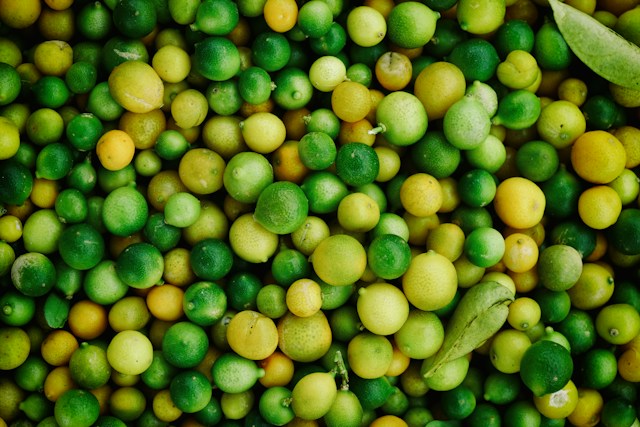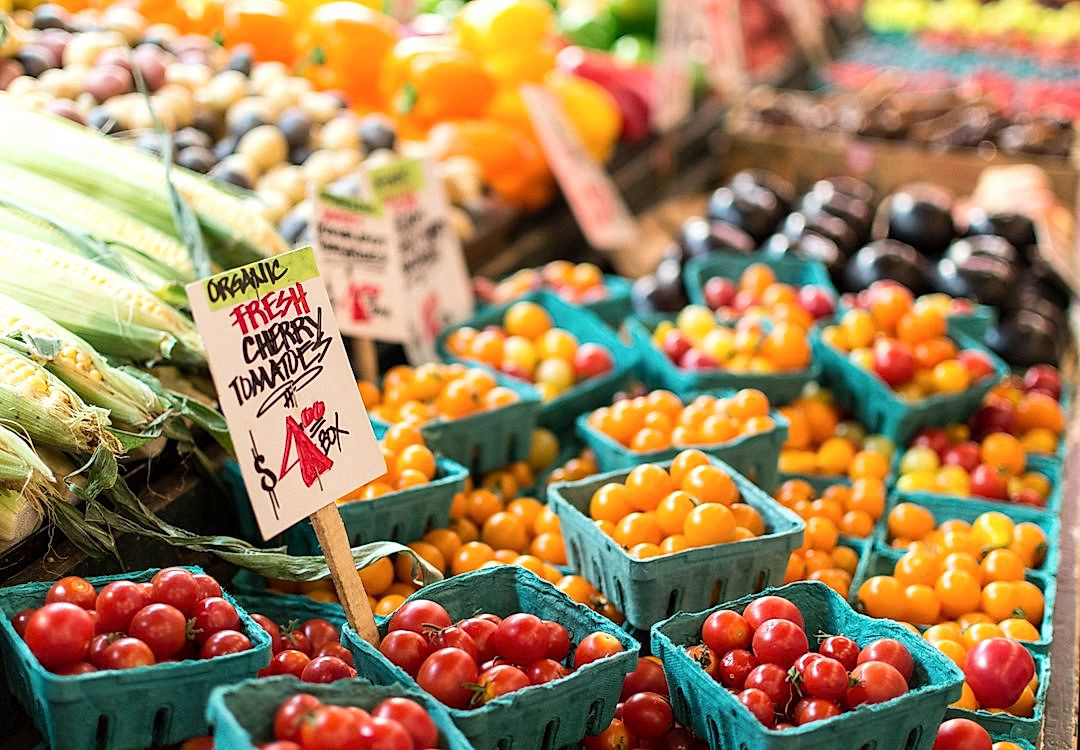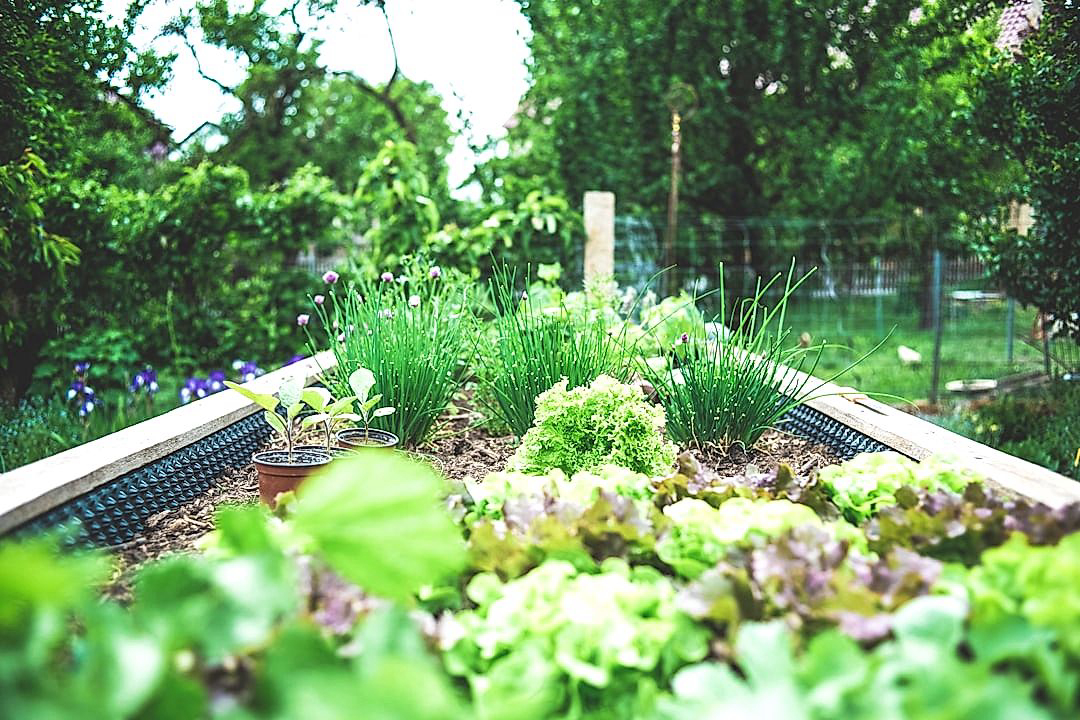The importance of community engagement in the farming industry cannot be overstated.
It fosters relationships, promotes sustainability, and contributes to economic growth.
In particular, produce farmers stand to gain immeasurably by investing time and resources in these initiatives.
Unfortunately, many still grapple with finding efficient and effective methods for community engagement.
These often involve a blend of direct interaction, educational outreach, and the leverage of digital platforms.
In this article, we will explore various strategies suited uniquely to produce farmers that strike the balance between fostering community ties and ensuring business growth.
Contents
Community Engagement Strategies For Produce Farmers
1. Host regular farm-to-table community dinners
One effective strategy to engage the community as a produce farmer is to host regular farm-to-table community dinners.
This not only allows you to showcase the fresh produce you cultivate but also provides a platform for people to understand the value of eating locally grown, seasonal food.
These dinners can be informal gatherings or more thoughtfully curated farm-to-table events featuring a multifaceted menu highlighting your farm’s seasonal bounty.
Inviting local chefs to prepare the meals can create a culinary exploration of what your farm offers.
These meals can be a true reflection of your farm, reflecting the produce you grow and the care you put into maintaining sustainable farming practices.
When guests enjoy dishes crafted from your high-quality produce, they’re likely to gain an appreciation for the flavor and nutritional benefits of farm-fresh food.
This might consequently encourage them to purchase your produce regularly, thus helping you in the long run.
Involvement in these dinners also encourages dialogue about farming practices, the importance of supporting local agriculture, and the environmental benefits of consuming seasonal, locally grown food.
Providing tours of your farm during these events can deepen attendees’ appreciation for the work farming entails and the value of the produce they consume.
Nurturing a closer farmer-consumer relationship encourages trust and understanding, providing a crucial foundation for community support for your farm.
To keep these dinners accessible, consider offering them on a sliding scale fee or set up a system where diners can exchange work on the farm for a seat at the table.
Remember to consider practical issues such as appropriate infrastructure, safety, and health regulations when planning these dinners.
Start small and gradually expand your farm-to-table dinners as you gain more experience and also understand your community’s response.
Collaborating with other local farms for these events can offer a larger variety of produce and introduce diners to other local agricultural endeavors thus encouraging a supportive community ecosystem.
Through hosting regular farm-to-table community dinners, produce farmers can actively engage their community, showcasing the fruits of their labor and promoting a connection between the food on our plates and the field in which it grows.
2. Conduct educational tours for local schools
The importance of educating the younger generation about sustainable farming and the origins of the food they consume cannot be understated.
As farmers, we have the unique opportunity to invite local schools to our farms and offer them an informative and hands-on learning experience.
These educational tours are more than just spectacle – they form part of a broader community engagement strategy designed to foster a greater understanding and appreciation for the local farming community and the produce we grow.
BLOCKQUOTE:The key to a successful educational tour lies in making the experience both informative and enjoyable for the students, while highlighting the importance of sustainable farming practices.
During these tours, children can explore our farms, learn where their food comes from, and perhaps even have the opportunity to pick their own produce.
This exposure to the farming process can drastically change their perspective on food and its source, helping to create a more informed consumer base in the future.
We can also use these tours to demonstrate the hard work and dedication that goes into farming, allowing children to gain a deeper appreciation for our farming operations.
In addition to connecting with the local schools, we can also invite families and community groups to join our tours and participate in our farming activities. This way, we can reach an even wider audience and promote farming within our community.
By incorporating a diverse range of topics such as composting, plant life cycles, crop rotation, and organic farming, we can make these tours more enriching and informative.
We firmly believe that through these educational tours, we can play a vital role in shaping the future consumers’ attitudes towards food and farming, and in turn, promote sustainable farming practices.
Moreover, these tours can also serve as a unique attraction to boost local tourism and improve our farm’s visibility within the community.
Organizing these tours can undoubtedly require a considerable amount of time, resources and planning. Still, the benefits they provide to the farming community and the wider society are immeasurable.
It’s not just about the immediate impact of the visit, but also about the long-term influence these tours can have on the children, their families, the schools, and the broader community.
So, as farmers, let us consider these educational tours as an investment in the future of our community and the sustainability of our farming industry.
After all, it is through education that we can truly make a difference and ensure that our work as farmers is understood, appreciated, and supported by our community.
3. Run Community-Supported Agriculture (CSA) Programs
In the realm of sustainable farming, the Community Supported Agriculture (CSA) program is a model that has gained significant traction.
These agricultural initiatives offer a novel way to blink the divide between farmers and consumers, fostering unprecedented connectivity.
For produce farmers, orchestrating your own CSA can serve to enhance community engagement and bolster agricultural continuity.
A primary advantage of CSA programs is that they allow individuals to purchase shares of a farm’s harvest in advance, providing valuable capital for farmers to assist in their seasonal preparations.
This also incentivizes the community to aid in their local farms’ success, acting as stakeholders in the cultivation process, thus solidifying the connection between the farmer and consumer.
The fresh, high-quality produce that shareholders receive in return further offers a tangible reward for their investment and encourages continued support and engagement.
By running CSA programs, farmers can bank upon their community’s support and simultaneously facilitate avenues for individuals to learn more about where their food originates, all the while nurturing a more connected, sustainable food system.
Nevertheless, it is crucial to communicate clearly and regularly with CSA participants, ensuring they understand their role and are satisfied with the produce received, to maintain a successful program.
Additionally, farmers should be prepared to handle the administrative responsibilities that accompany CSA programs or recruit volunteers from the community to assist.
Promoting diversity in the CSA shares can help keep members engaged and excited about their weekly produce.
Possibly, try incorporating a ‘pick-your-own’ component in the CSA program, enabling members to personally select and harvest a portion of their share from the farm.
This fosters a truly immersive experience, instilling a greater appreciation for the effort and dedication that farming entails, thereby deepening their connection with their local farmers.
Collaborating with other local producers or artisans to incorporate additional products like honey, eggs, or handmade crafts into the CSA share can also create a more comprehensive and appealing offering.
Lastly, hosting end-of-season celebrations or special events for CSA members can be a fun way to show your appreciation and enhance the community aspect of this program.
Overall, running your own community-supported agriculture program is a powerful tool for promoting community engagement as a producer farmer.
It not only provides vital financial security but also helps to foster a closer relationship with consumers, promote education around sustainable farming, and encourage the community to invest in and support their local food system.
4. Participate in Local Farmers Markets
One core engagement strategy for produce farmers looking to build closer ties with their communities is to participate in local farmers markets.
Farmers markets are hubs of local economic activity and community gathering places and serving as a vendor at these markets can help farmers connect directly with customers.
Instead of the traditional supply chain where produce is sold to wholesalers or retailers who then sell to consumers, farmers markets allow producers to sell directly to consumers.
This not only benefits growers by allowing them to keep more of the profits, but it is also advantageous for consumers as they have the opportunity to buy fresh, locally-grown produce directly from the people who grew them.
At farmers markets, farmers can engage in face-to-face conversations with customers, explaining the growing process of their produce and how best to prepare them for table use.
This interaction not only enhances the buying experience for the consumer but it puts a face behind the farm, creating a more personal connection between the farmer and the customer.
Presence at farmers markets also contributes to increased community awareness, as it offers a platform for farmers to share their mission, farming practices, and values with the public.
Being part of a farmers market requires much more than simply setting up a stall. It calls for a significant amount of preparation, marketing, and logistical effort.
However, the benefits of participating in these markets often exceed the work put in, as they provide a great opportunity for farmers to promote their business and engage with their local community.
They promote both economic and environmental sustainability by encouraging consumption of locally-sourced, fresh produce.
A successful farmers market stall requires not only fresh, high-quality produce but also knowledgeable, friendly staff to interact with customers and answer any questions they may have.
By participating in local farmers markets, farms increase their visibility in the community, reach more customers, and become part of the collective effort to support local agriculture.
Also, it allows them to educate the public on the importance of supporting local farmers and the benefits of eating fresh, seasonal produce.
While the direct connection that farmers markets provide between growers and consumers is significant, it is also important to note that being active in the local farming community outside of market hours is equally crucial.
Beyond serving as a sales platform, farmers markets also serve as a communication channel to forge meaningful connections with customers, ensuring your farm’s presence and value is felt year-round in the local community.
5. Offer seasonal pick-your-own produce events.
One of the most unique and engaging community activities that produce farmers can offer is seasonal pick-your-own produce events.
This initiative connects individuals directly with the agricultural process, enabling them to see and experience firsthand where their food comes from.
These events are not just about picking produce; they offer an opportunity for individuals to invest their effort into what they consume.
By doing so, farmers are able to promote a greater appreciation and understanding of the dedication and work required in farming.
Seasonal pick-your-own events feature a variety of crops, depending on the time of year, offering a refreshing new cause for community members to visit the farm.
Participation in these events can lead to a stronger sense of community as people come together in a unique setting, working towards a common goal.
Moreover, these events are also an excellent way to promote healthier eating habits within the community by encouraging the consumption of fresh, locally-grown produce.
By offering a hands-on, interactive experience, it enhances the perceived value of produce harvested by the participants themselves.
Another advantage is that these events can act as an effective educational platform for farmers to share insights about sustainable farming methods.
While engaging with the community, farmers can discuss topics like crop rotation, organic farming, and the importance of eating with the seasons.
Pick-your-own produce events go beyond just offering freshly picked food; they provide an opportunity to enhance community engagement, promote healthy eating habits, and provide education on sustainable farming practices.
To ensure the success of these events, it’s important for farmers to effectively communicate the details, including which crops are available, what to expect, and any necessary instructions or guidelines.
This clear communication will ensure a smooth and enjoyable experience for all participants and will contribute positively to the event’s success.
Delivering an enjoyable and informative pick-your-own experience may encourage the community to return for future events or regular visits to purchase fresh produce.
Overall, offering seasonal pick-your-own produce events not only allows produce farmers to sell their goods, but also fosters a stronger relationship between the farm and the surrounding community, encouraging future visits, and reinforcing sustainable living.
The Bottom Line
Enriching our local communities through sustainable farming practices, such as farm-to-table dinners and educational tours, can foster stronger connections and promote healthier lifestyles.
Establishing community-supported agriculture programs not only supports local farmers, but also provides residents with fresh, seasonal produce.
Furthermore, participating in local farmers markets and hosting pick-your-own events can help others understand and appreciate the value of farming.
Ultimately, these efforts contribute to the creation of self-sustaining communities that are connected and invested in their food sources.




